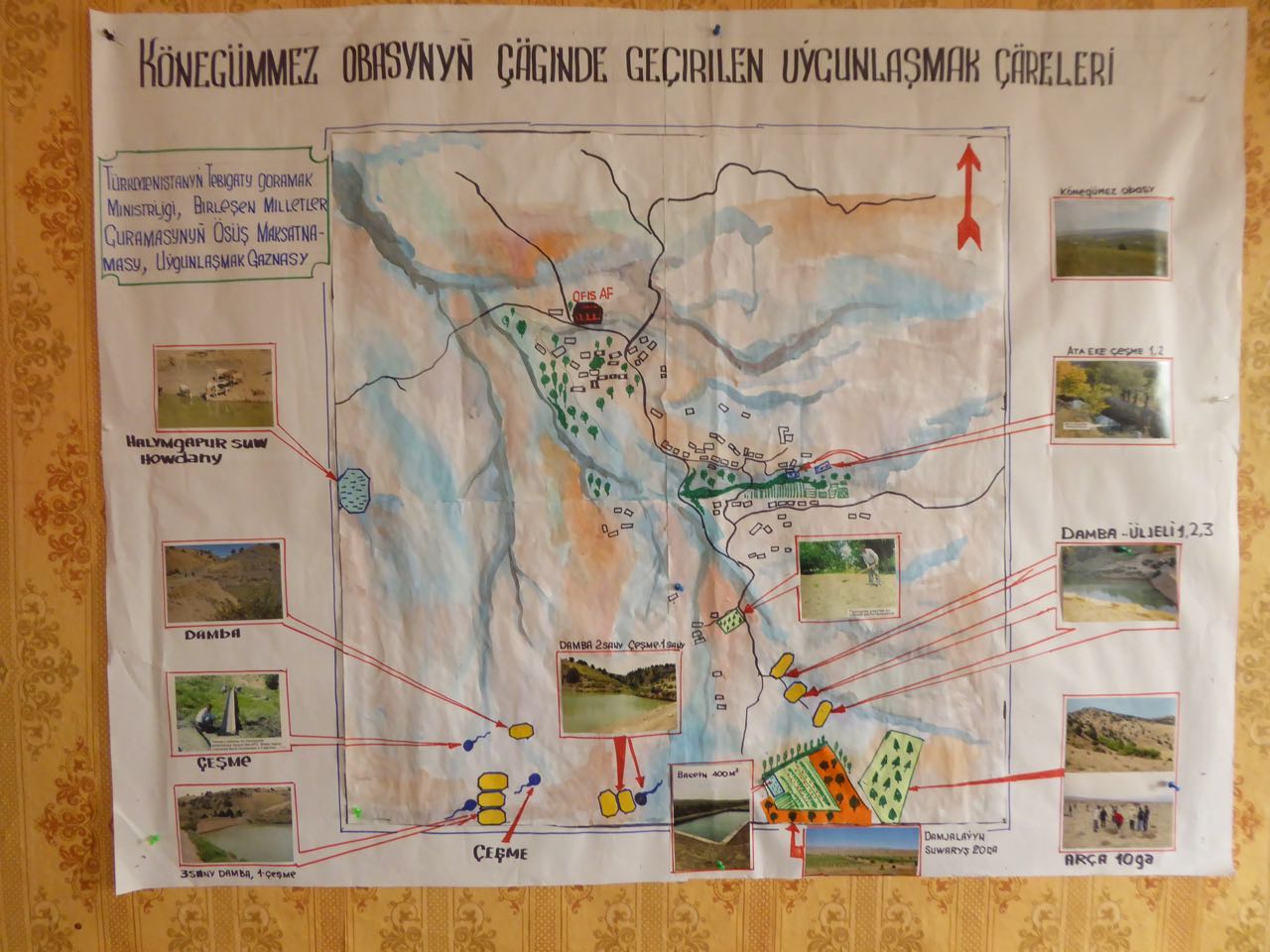

The development of Konegummez is characterized by strong collective action. By organizing themselves, the community members have achieved to encourage government agencies to provide basic services as, for instance:
- 1940s to 1960a: school, post office, library, grocery store, electricity and the first water well were established.
- 1999 the village was gasified and 2016 the villages access road was asphalted.
- Villagers built 3 large bridges themselves.
In the 2000s, in order to sustainably manage natural resources and handling other issues of the community, an informal committee was formed, including 9 villagers. The group learned to identify community challenges and solutions and how to develop action plans. Each year, the group develops an annual action plan, which is socialized and finally agreed on with the villagers. There is also a long-term planning, focusing on bigger issues.
After having performed a large amount of social and environmental protection work in the community, there is an understanding of villagers to continue solving problems by joint efforts. Community leaders have emerged who have the trust of the villagers. There is also mutual understanding with local authorities and government organisations, the latter supporting villages in tackling their challenges.
A great contribution to the development of self-organization of the local community was made by development projects. Villagers not only received financial support, but also developed knowledge and skills in planning, leadership development, building social partnership, sustainable pasture management, climate change adaptation, etc. Nonetheless, the people of Konegummez already had the ‘spirit’ to learn and made in the past good experiences with planning, organizing and implementing community work together, the so-called ‘strength-of-unity’.
According to villagers, international projects have helped them to look at the world from a different perspective, to broaden their horizons, to unite even more, to raise funds and resources for sustainable rural development. Most of the committee members were able to visit Israel, Kazakhstan, Tajikistan and Turkey and exchange experiences and new knowledge and pass them on to their fellow villagers.
This knowledge they use now to sustainably manage natural resources and to protect and rehabilitate their forests.